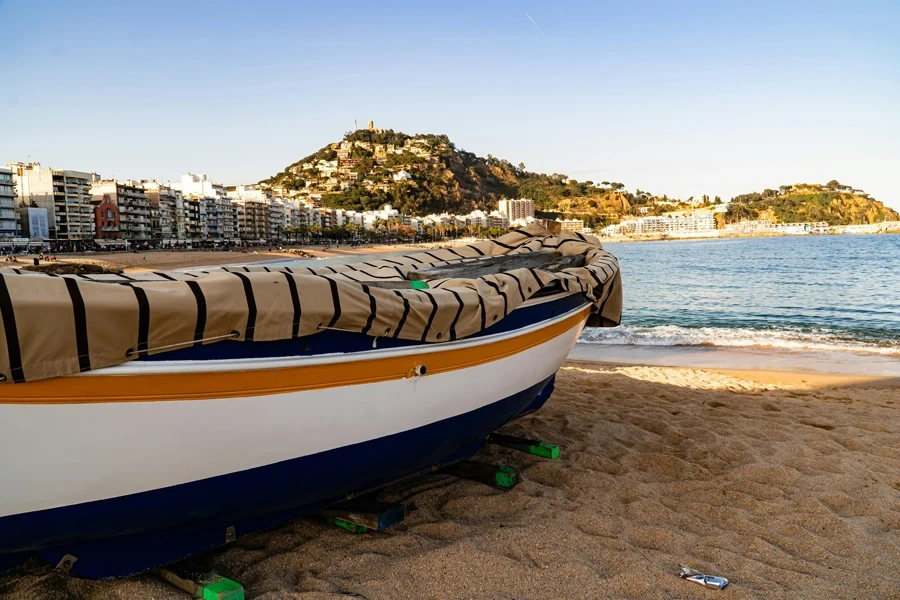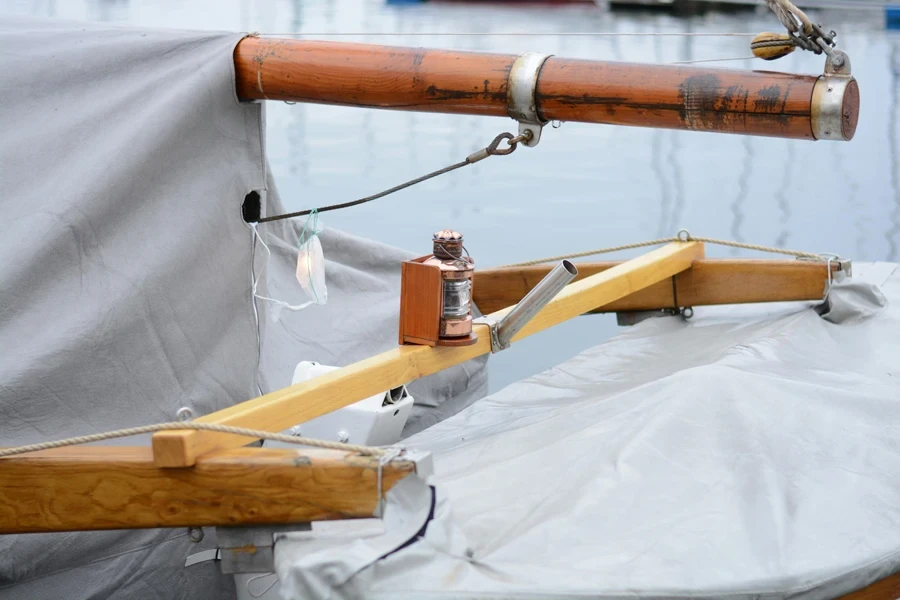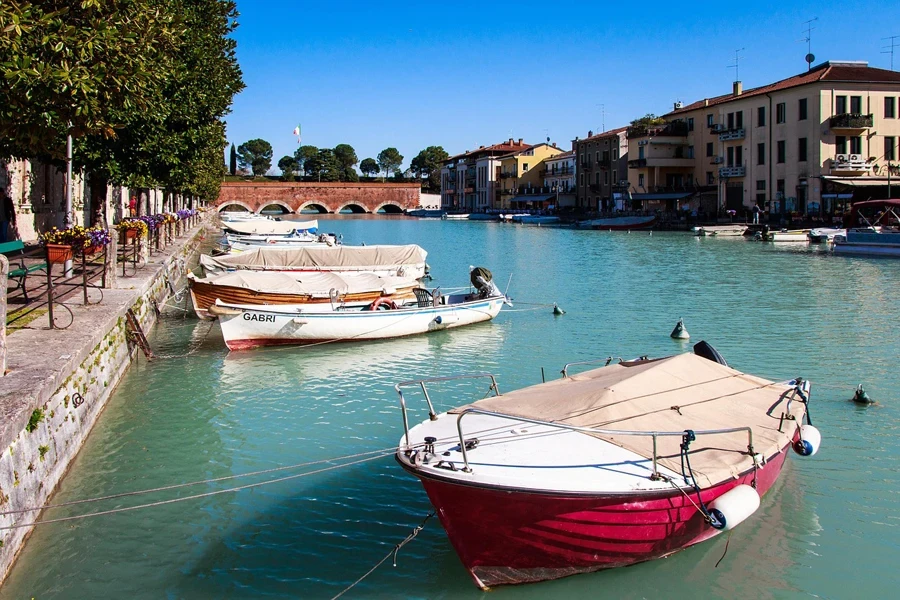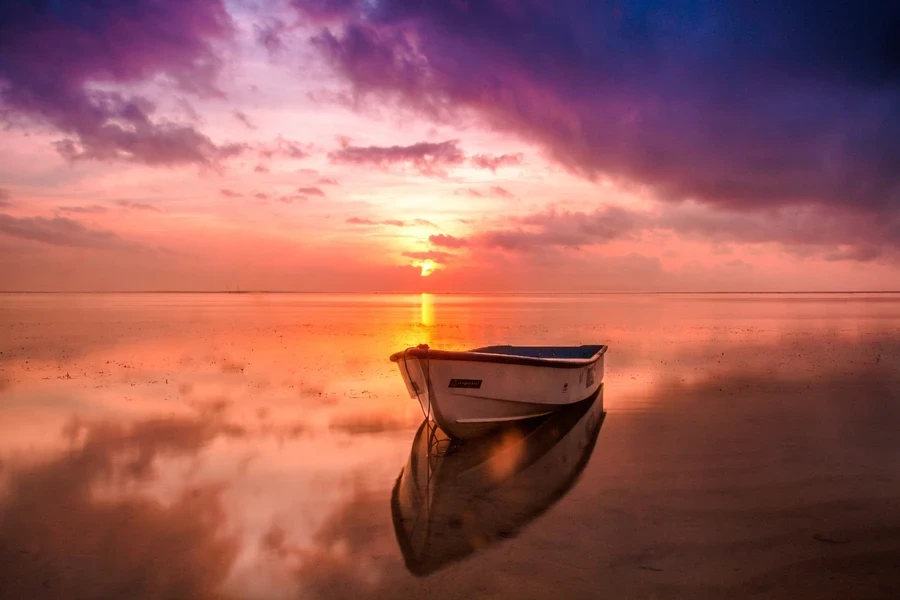Table of Contents
● Introduction
● Market overview
● Different types and their features
● Things to consider when selecting products
● Conclusion
Introduction
Ensuring your boat is well protected with the right cover is essential to maintain its value and lifespan. A fitting boat cover protects against weather conditions like UV rays and debris to avoid costly damge. Opting for a top-notch cover helps to keep your vessel in shape whenever you want to use it. Different kinds of covers are available and made from various materials. Selecting the one that is best suited to your requirements is vital. This articke will assist you in exploring the options and deciding wisely.

Market overview
The worldwide boat cover market was estimated to be worth US $51 million in 2023. It is expected to grow to US $79 million by 2032, with a compound growth rate of 4.91%. This steady expansion is fueled by factors such as the growing appeal of boating and the increasing population of boat owners globally due to higher incomes and a growing interest in leisure activities. Furthermore, the increased understanding of the dangers of extended exposure to elements like UV rays, moisture accumulation, and debris has underscored the significance of investing in top-notch boat covers. This has led to a growing trend among novice boat owners. Experienced enthusiasts are placing importance on buying robust and efficient covers to safeguard their vessels and guarantee their durability.
Market trends show a growing understanding of the significance of top-notch covers that provide lasting protection for boats in the run. Boats.net notes that more than half of consumers opt for customized covers that fit their boat models to ensure safety and a snug fit. Customization is also gaining traction, with over 60% of consumers preferring covers tailored to their boat models for fit and superior protection. According to Boats.net and IMARC Group, North America leads globally with a 45% market share thanks to its flourishing boating industry and varied climate requiring protective solutions. In some areas, rules requiring boat covers for transport and storage are leading to an increased need for high-quality covers as compliance rates surpass 70% in states known for boating activities. This trend has pushed manufacturers to create easy, easy-to-use covers that meet the expanding requirements of customers while balancing form and function effectively.

Different types and their features
There are different kinds of boat covers to cater to the varied needs of boat owners in terms of protection and durability. Universal fit covers are a good choice due to their affordability and versatility in accommodating boat models based primarily on size dimensions like length and width. However, they may not offer the snug fit needed for ultimate protection under extreme conditions or when transporting the boat via trailer. According to Anything Boating experts, loose universal covers can cause billowing when you drive fast, damaging both the cover and the ship.
Semi-custom covers offer a better balance between fit and cost. These covers are tailored for specific types of boats, providing a more secure fit than universal covers but without the exactness of custom options. Semi-custom covers are designed to accommodate the general shape and size of a particular boat category, such as fishing boats or pontoons, which enhances their ability to protect against the elements. This makes them a popular choice for boat owners who need reliable protection without the higher expense of a fully custom cover.
Tailored covers are designed to fit a boat’s measurements for protection and longevity assurance. These covers are intricately constructed to match every part of the boat, from the body to the accessories, ensuring a snug fit that prevents water buildup and shields against UV rays and debris accumulation. Tailored covers prove advantageous for boat enthusiasts who value lasting safeguarding and visual attractiveness since they combine practicality and elegance. While they may come at a higher cost compared to available options in the market for maintaining the boat’s position particularly during trailering.

Specialized covers serve functions like mooring and travel covers used for boating activities. Mooring covers offer protection when boats are docked or stored by allowing airflow to prevent moisture accumulation while shielding them from elements like sunlight and rain. On the contrary, travel covers are designed for towing to safeguard the boat during transportation. The covers are strengthened in wear and tear areas to endure the pressures of towing at speeds, as reported by Westland Blog.
Acrylic is widely favored for its durability and ability to withstand UV rays and allow airflow in weather conditions. Polyester is popular for its affordability, strength, and water resistance; however, it may not provide as much UV protection as acrylic. Vinyl-coated polyester is very resistant to water and simple to clean, making it a good choice for places that receive a lot of rain or snow, even though it may not be as breathable as other options. Boat owners can choose the cover for their boats according to their environmental requirements and budget options, as emphasized by Discover Boating.
Things to consider when selecting products
When you’re picking out a cover for your boat it’s important to think about the weather conditions. Breathability is key in preventing mold and mildew growth. Opt for materials, like acrylic, that allow moisture to pass through. This helps lower the chances of condensation forming underneath the cover. Durable waterproof materials such as vinyl-coated polyester are recommended in regions with rain or snowfall as they offer defense against water seepage. They are crafted to withstand the pressure of snow without caving in. This advice comes from Discover Boating.
Ensuring the boat cover fits snugly is crucial for protecting your boat from water damage and mold formation caused by pooling water on its surface. A proper fit not only prevents wind damage by reducing the chances of the cover flapping or tearing in weather but also discourages critters from making homes underneath it and causing further harm to your boat. The cover’s longevity is improved with reinforced seams and sturdy stitching practices that help it stay secure over time and during transportation. As mentioned in the Westland Blog, these characteristics are crucial for travel covers as they need to endure the challenges of high-speed trailering.

When deciding which boat cover to choose, durability and maintenance are key factors to consider. Representatives like acrylic and solution-dyed polyester are well regarded for their ability to withstand UV damage, mold, and mildew which can prolong the lifespan of the cover. On the other hand, coated polyester is highly praised for its ability to repel water effectively and for ease of cleaning. Remember to wash your cover with soap and ensure it’s fully dry before storing it away to help it last longer.
Personalization and style are also the main factors to consider when choosing a cover for your boat. Customized covers that match your boat’s measurements offer superior protection and elevate the boat’s overall look. These tailor-made covers can be customized to incorporate elements like reinforcements or vents and come in various colors and designs to cater to individual tastes. According to Anything Boatings insights, you can add value to the boat by enhancing the design and meeting the requirements by using a cover the complements the boat..

Conclusion
Buying the ideal boat cover is crucial to protect your investment and keep your boat in good condition for years to come. Take into account things like the weather conditions in your area, how well the cover fits your boat, its durability, and customization before buying the cover. Investing in a high-quality cover helps to preserve your boat for long.





 Afrikaans
Afrikaans አማርኛ
አማርኛ العربية
العربية বাংলা
বাংলা Nederlands
Nederlands English
English Français
Français Deutsch
Deutsch हिन्दी
हिन्दी Bahasa Indonesia
Bahasa Indonesia Italiano
Italiano 日本語
日本語 한국어
한국어 Bahasa Melayu
Bahasa Melayu മലയാളം
മലയാളം پښتو
پښتو فارسی
فارسی Polski
Polski Português
Português Русский
Русский Español
Español Kiswahili
Kiswahili ไทย
ไทย Türkçe
Türkçe اردو
اردو Tiếng Việt
Tiếng Việt isiXhosa
isiXhosa Zulu
Zulu